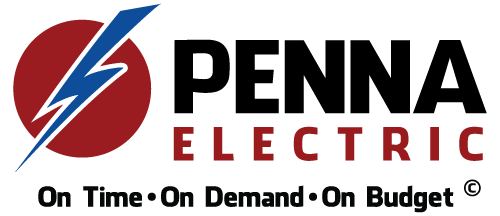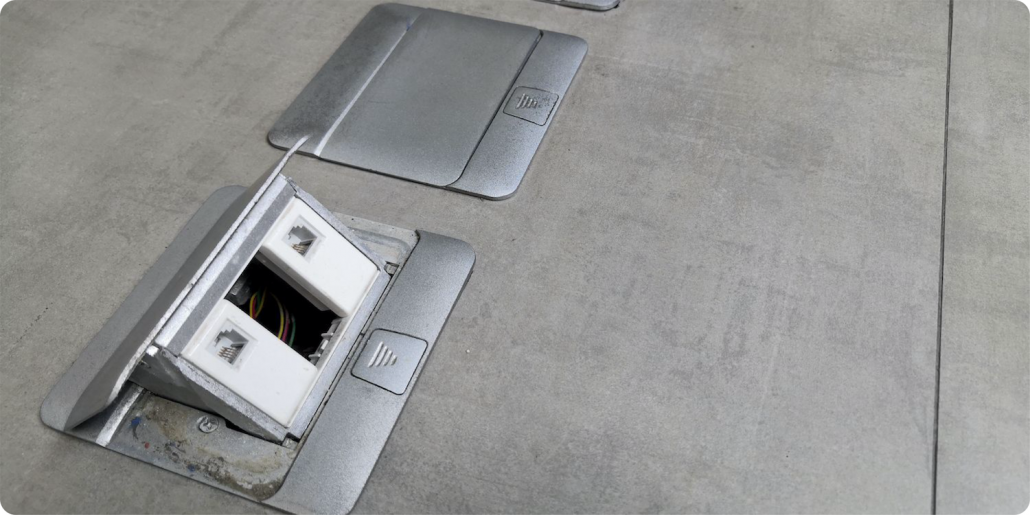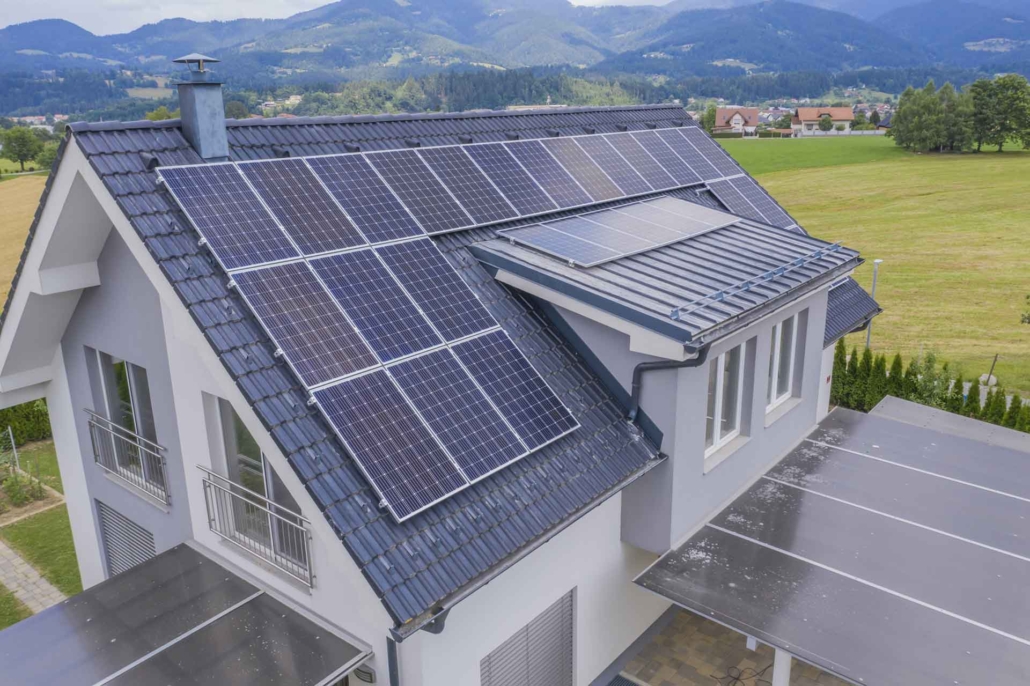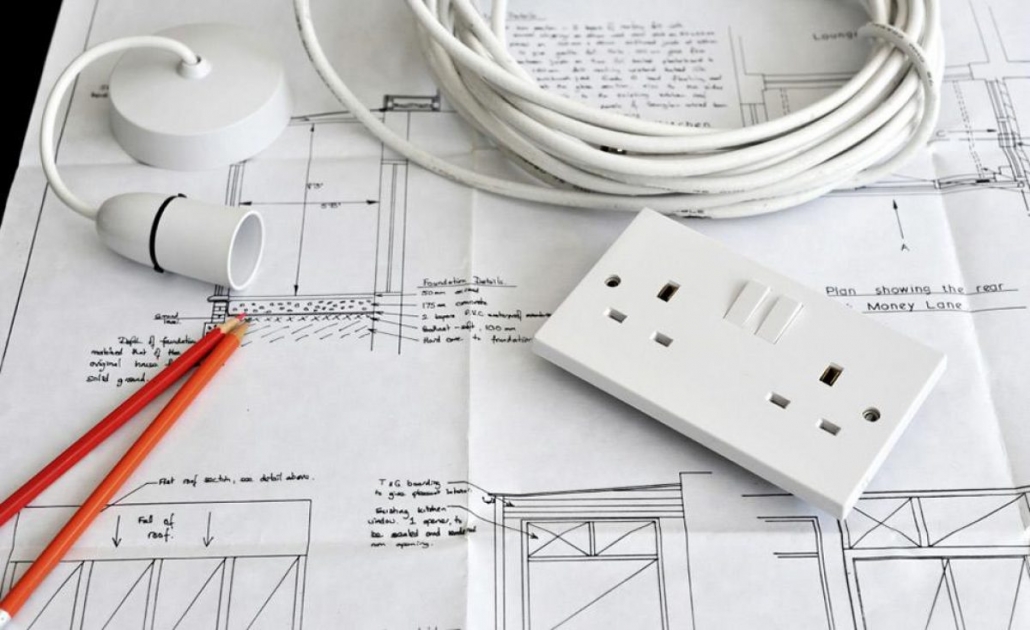July 27, 2020 | Cristina Dinulescu
The cost to replace an electrical panel or even upgrade it to meet modern demands can sometimes be overwhelming for homeowners. When it’s all added up, one’s looking at thousands of dollars in expenses. However, electrical systems are the lifeblood of modern properties, and an up-to-date, proper electrical panel can protect your home, your appliances, and your electronics with all the important data you might be storing in them.
Factors That Impact The Cost to Replace an Electrical Panel
If you ask an electrician “How much does it cost to replace an electrical panel?”, the answer will always almost be “It depends”. And that’s true, because there are many factors that impact the final amount you’ll have to pay. Sometimes it depends on the existing conditions, such as how many circuits you may have, if it’s a single-family dwelling or multi-family dwelling, and more.
1. Amperage – this is one of the most significant factors when it comes to calculating the cost to replace an electrical panel. For new electrical panels, the higher the amperage, the bigger the cost, but a higher Amp panel can also serve your electrical needs better and safer.
Note: 100-Amps and 125-Amps main panels are not very common or recommended. They have a limited amount of circuit breakers, which limits the capacity of the circuit. Additionally, using AFCI breakers, which are enforced in CA, with these panels results in false tripping, which can become a nuisance. AFCI breakers also take a full size space, so you can’t use the twin breakers.
Amperage | Estimate Cost |
100-Amps | $1,200 – $2,500 |
125-Amps | $1,500 – $2,700 |
150-Amps | $1,800 – $3,000 |
200-Amps | $2,000 – $3,500 |
| 400-Amps | $3,000 – $4,500 |
2. Location – the location of your home is a factor mainly because labor costs vary greatly from state to state, as well as area to area. There’s a national average for both the price of parts and labor costs, but if you live in an area with higher cost of living, then chances are the cost will be higher than the national average.
3. Circumstances – Each project is different and there are certain conjectural factors that impact the cost. The degree of difficulty or accessibility, such as having no access underneath the house for instance, as well as the amount of circuits you need, all play into the price.
Additional Expenses When Replacing an Electrical Panel
When looking to replace your electrical panel, it’s not just the panel box itself that you’ll have to buy. Most likely, you’ll need to replace other components too, and their prices vary as well. See below the parts that generally do require changing when you replace an electrical panel:
- Overhead or underground feeders – these are service entrance cables that are connected to the utility company’s poles. Underground feeds are fed through a pipe into the ground, while overhead cables are suspended. These can range from $750 to $950 in parts.
- Grounding system – this is an electrical wire that comes from the main electrical panel to a ground rod, and serves as a backup to the neutral wire provided by the utility company. The system can be anywhere between $150 and $350.
- Unforeseen Expenses – if your house is old and your electrical system hasn’t been updated in a long time, then chances are the electrician might find other problems once he digs into your panel. Some issues may include old wiring that needs to be brought up to code, drywall that may need to be opened, or other worn parts that need to be replaced. Therefore, you can’t have an accurate cost until everything is laid bare.
One of the aspects many homeowners forget to account for is the cost of permits and inspections. This especially applies when the replacement process involves upgrading as well, and it’s important not to skip getting the right permits and having the subsequent inspections in order to save money. It’s what ensures the fire safety of your home.
Note: Some of these expenses may already be included in the price estimate your electrician provides, so be sure to ask them for a breakdown, or to walk you through the plan.
What Is The Cost To Upgrade an Electrical Panel?
Many times, the cost to upgrade an electrical panel is lower than the cost of replacing one. However, the amount will vary depending on what your current amperage is and what kind of an upgrade you’re going for.
If upgrading also involves moving the electrical panel, then that’s another cost you’ll incur, as well as whether or not your house still has a fuse box that needs replacing with a circuit breaker panel.
Cost to Upgrade Main Electrical Panel to 200 Amps
There are still older houses that have 60 or 80 Amps panels, which are no longer up to code or cannot meet the electrical demands of modern days. Today, the minimum amount a household is considered to require is 200Amps.
The cost to upgrade your electrical panel to 200 Amps is on average $2,650 – $3,200. If you own a large property, electric cars and have dual car chargers, if there are any additions to your home that have high-energy needs, then 200 Amps is definitely worth considering. The cost is on the higher side, because with this upgrade, you’ll get a main electrical meter panel, which is a distribution panel and meter, all in one.
Cost to Upgrade to 400 Amp Service
While fairly rare, there are homes that might require an upgrade to 400 Amps, generally if there is a significant number of specialty equipment and electronics that use a lot of power. The cost is on average between $3,500 and $4,500.
While these numbers may seem high or make most homeowners think twice before deciding to replace or upgrade their electrical panel, it is important to do so and there are several reasons why. Not only will it help prevent electrical fires, but your appliances will also work at peak efficiency and, in the end, it means added value to your home.






